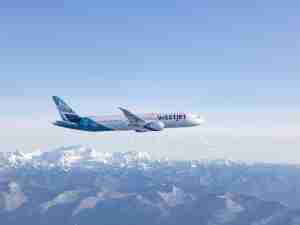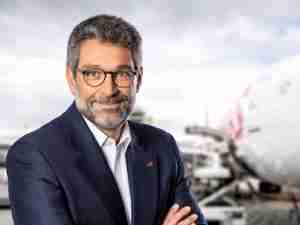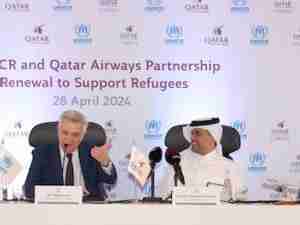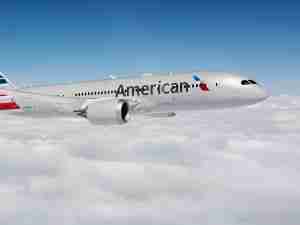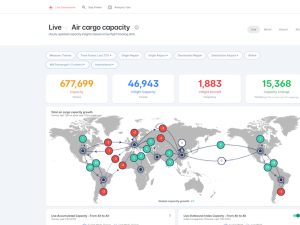Those who do have rigid safeguards, such as limiting the volumes hedged each time and maintaining a tight deadline for risk managers to do so, mainly to protect against unauthorised speculation.
SIA, for example, has a policy of requiring risk managers to put in place a hedge position within five days, sources said.
Airlines use a variety of instruments to hedge their exposures, such as Over-The-Counter Swaps, Futures and Options, on jet fuel, gas oil (diesel) or crude oil swaps and futures.
Options
One of the most commonly used instruments is the Option, which gives users the right, but not the obligation, to buy fuel at a pre-determined future price. It provids protection against prices rising to unmanageable levels, at a relatively low cost.
Most airlines, who are natural buyers of options, do so at a pre-determined price, known as a Call option, at a cost called a premium, which is a fraction of the actual contract price.
The reverse, that is to sell a contract at a pre-determined price, is called a Put Option.
If prices hit or cross the pre-determined level, airlines will activate the option to buy fuel at that price, regardless of how much higher prices rise. The counterparty, normally a bank, will pay the difference between the strike price and the market price at the time.
SIA said it has hedged 22 percent of its fuel consumption, or about 3.5 million barrels of jet fuel, at an average of $100 a barrel versus current prompt jet swap price of $75.00-$85.00.
Some airlines prefer the more sophisticated "Zero-Cost" option, in which they need not pay the Option premium as long as the contract stays within a pre-determined price range.
In this case, the airline buys a Call Option at a certain premium and sell a Put option at the same premium value.
As long as prices stay within range of their Put and Call, they do not incur any cost on the Option, making it an attractive hedging tool.
If prices rise above the Call, the buyer is "in-the-money" and makes the price difference and the price of the premium from the counterparty.
If prices for below the put, the reverse is true, that is, the buyer will have to pay the premium and make up the difference in price to the bank.
However, most banks impose a "Knock-in, Knock-out" clause, where they pre-determine a certain loss ceiling and after which they can exit the contract.
But the same does not apply to the airlines and they would have to either ride a money-losing contract till expiry or sell it at a loss.
"The Zero-Cost option looks attractive but, in reality, it provides only limited insurance and has unlimited risk," said Clarence Chu, a trader with Hudson Capital.
When the market was volatile in second-half 2008, most airlines lost money on physical jet fuel cargoes versus the relatively thin volumes that they hedged when crude benchmarks were on the way up to above $140.
When prices dived to below $40, they were unprotected on downside of their Zero-Cost Options.
Worse, some kept doubling their exposures down by buying more Zero-Cost options at lower price ranges, hoping to mitigate earlier losses, as prices spiral downwards.
But they end up incurring more losses as crude continue its freefall all the way to below $40..
"There is no such thing as free money and the banks are not there to make money for you," an industry source said.
* Swaps/futures
The other option for airlines is to hedge by buying Outright forward crude, or jet fuel swaps or futures.
This locks in their fuel exposures at a fixed price, in which they usually take the contract to expiry and settling the difference between the contract price and the month-average cash levels as at the expiry date.
However, the settlement typically involves larger sums of upfront cash and liquidity in the jet fuel market can sometimes be quite thin.
